Thailand, a country deeply rooted in Buddhism, is home to numerous antique and famous Buddhist statues that hold immense cultural and spiritual significance. These statues, found in temples and historical sites across the nation, are not only masterpieces of religious art but also embodiments of the country's rich heritage and devout faith. This essay explores some of the most renowned Buddhist statues in Thailand and their meanings to the Thai people.
The Emerald Buddha (Wat Phra Kaew, Bangkok)
The Emerald Buddha, housed in Wat Phra Kaew (Temple of the Emerald Buddha) within the Grand Palace complex in Bangkok, is perhaps the most revered Buddhist statue in Thailand. Despite its name, the statue is actually made of jade, not emerald. Standing at about 26 inches tall, the Emerald Buddha is dressed in seasonal gold costumes that are changed three times a year by the King of Thailand in a solemn ceremony.
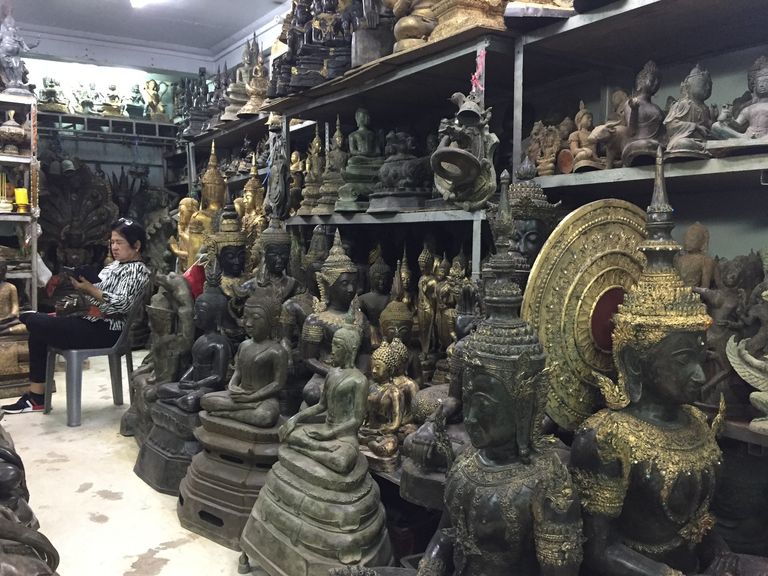

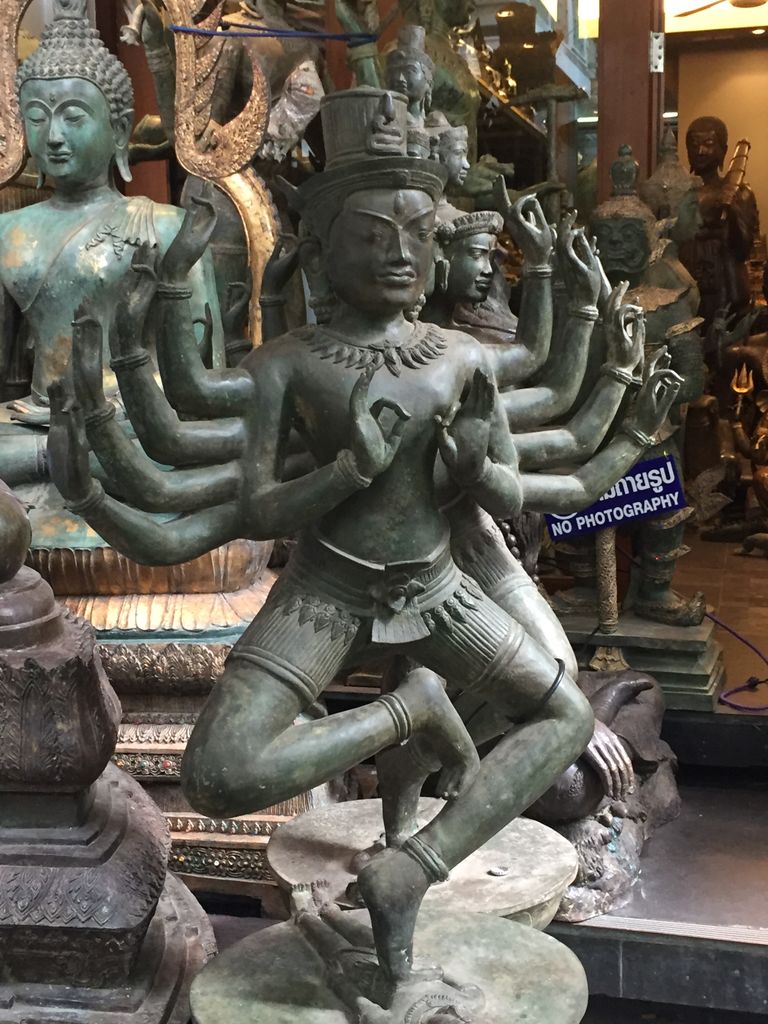
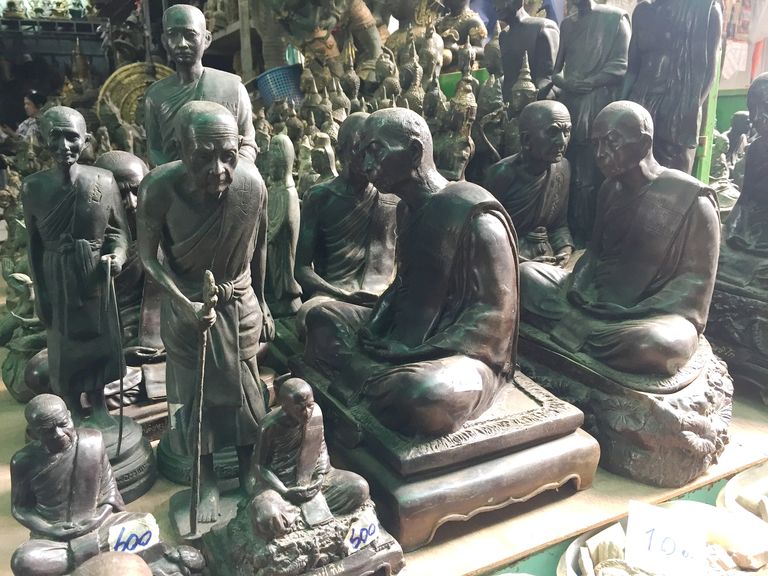
Significance
The Emerald Buddha is considered the palladium of Thailand, believed to bring prosperity and protection to the country. It symbolizes the divine authority of the Thai monarchy and the unity of the nation. For the Thai people, it represents hope, stability, and the enduring power of their faith.
The Golden Buddha (Wat Traimit, Bangkok)
The Golden Buddha, located in Wat Traimit in Bangkok's Chinatown, is the world's largest solid gold statue. Weighing approximately 5.5 tons and standing 10 feet tall, this statue is a remarkable example of Sukhothai art. The statue was discovered in the mid-20th century when it was accidentally dropped, revealing the gold hidden beneath a layer of plaster.
Significance
The Golden Buddha symbolizes purity, enlightenment, and the brilliance of Buddha’s teachings. Its discovery and the story of its hidden gold resonate deeply with the Thai people, representing the idea that true value and inner beauty often lie beneath the surface.
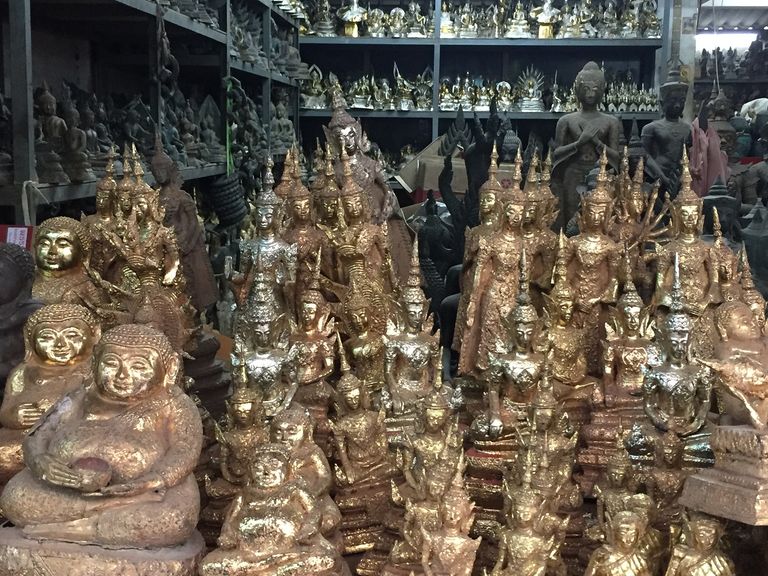

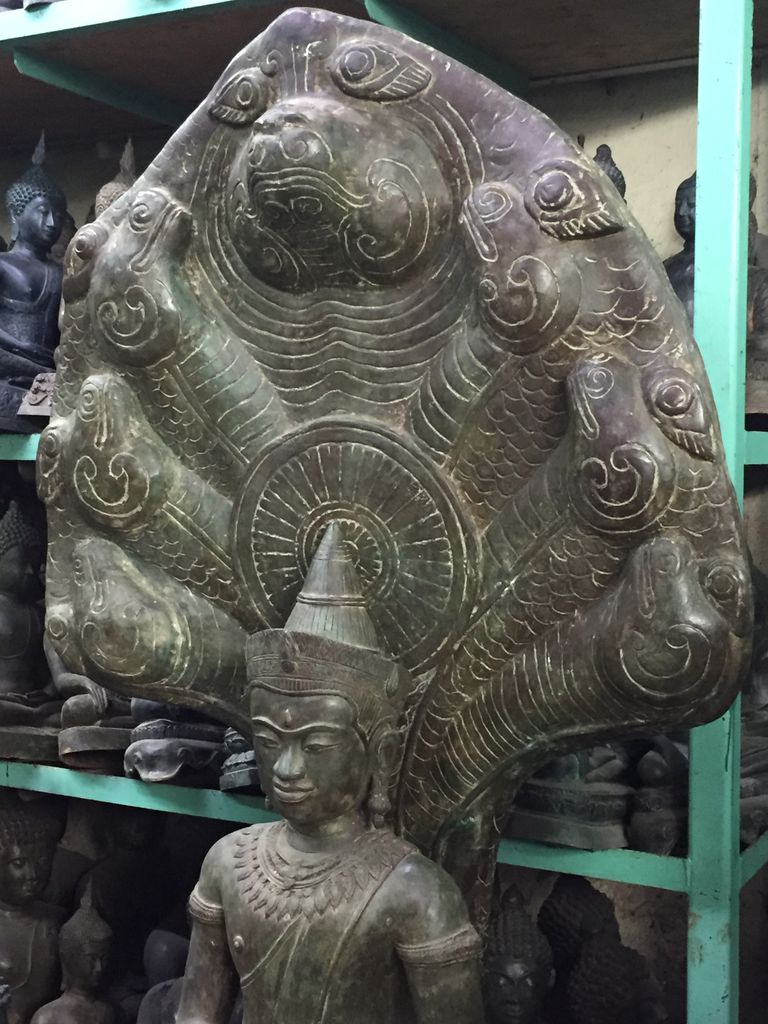
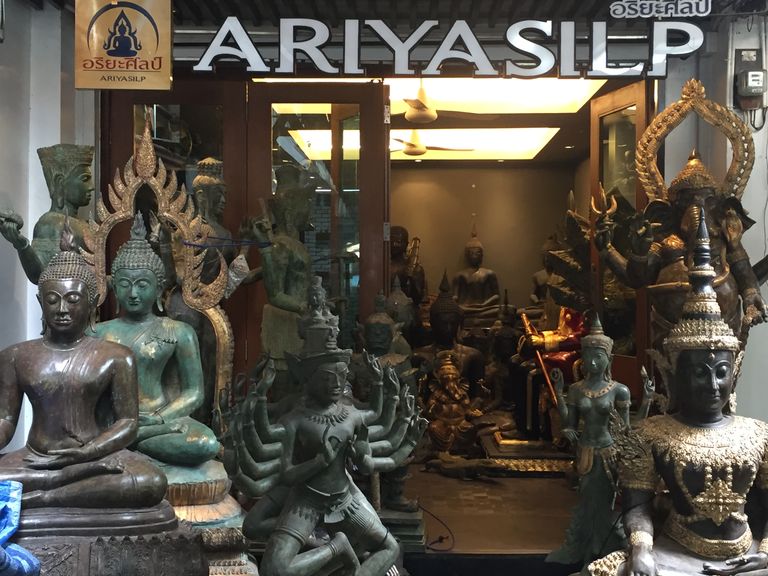
Phra Phuttha Chinnarat (Wat Phra Si Rattana Mahathat, Phitsanulok)
Phra Phuttha Chinnarat is one of Thailand's most beautiful and revered Buddha statues. Located in Wat Phra Si Rattana Mahathat in Phitsanulok, this statue depicts Buddha in the Mara Vijaya posture, symbolizing Buddha’s victory over the temptations of Mara.
Significance
Phra Phuttha Chinnarat is a powerful symbol of resilience and triumph over adversity. The statue's serene and confident expression inspires devotees to seek inner peace and strength. It is also a major pilgrimage site, attracting Buddhists from all over Thailand who come to pay their respects and seek blessings.
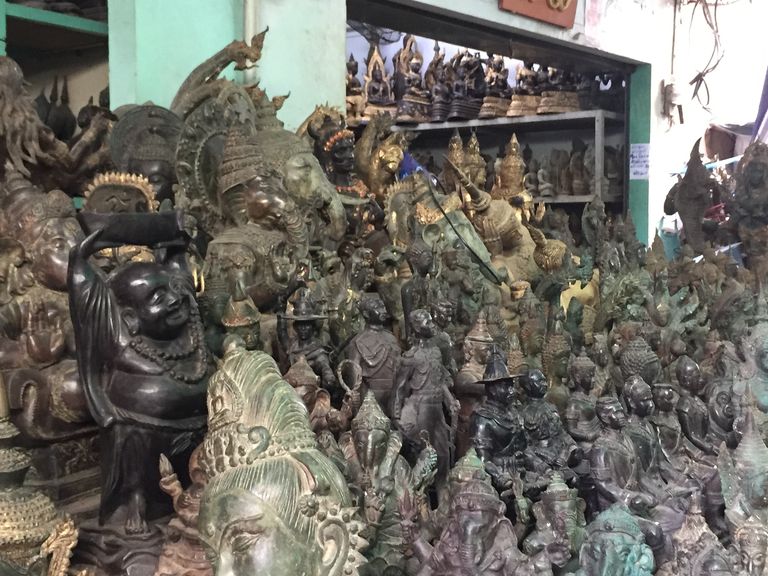
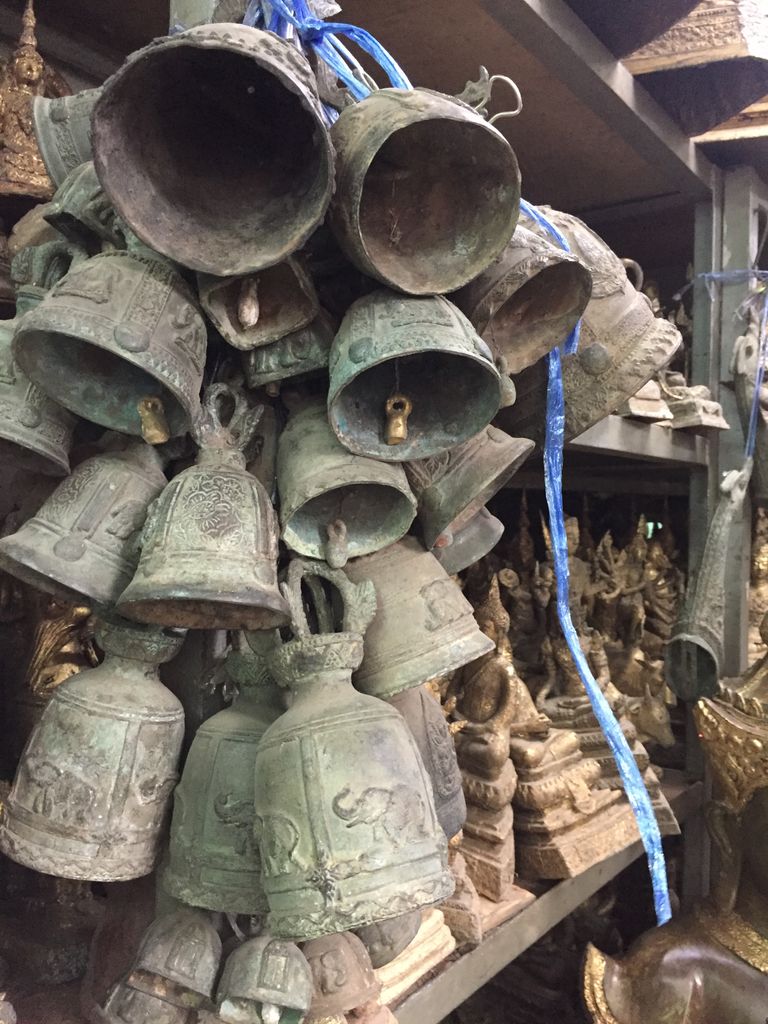
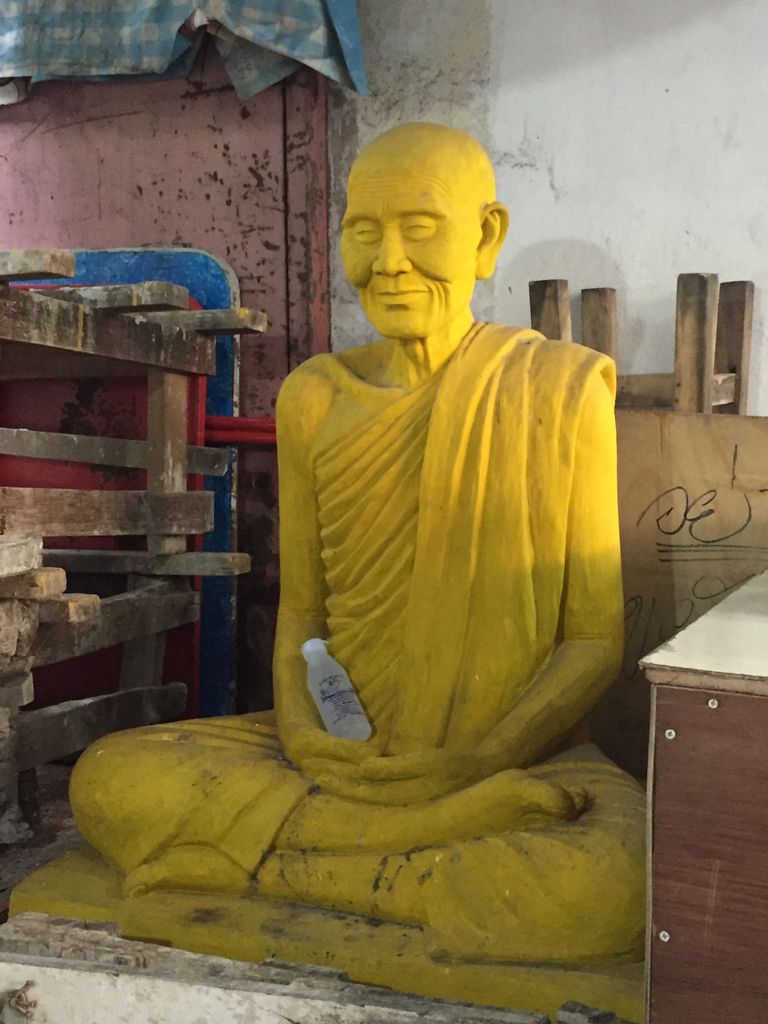
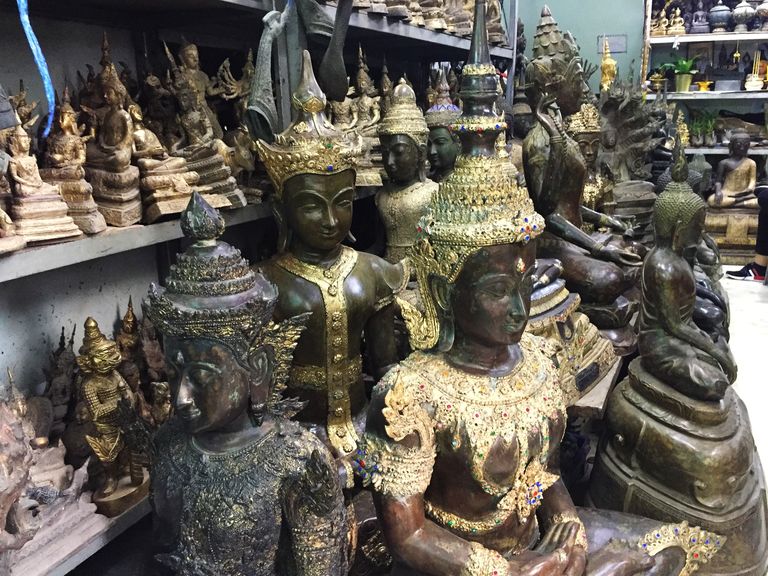
The Reclining Buddha (Wat Pho, Bangkok)
The Reclining Buddha at Wat Pho in Bangkok is an iconic image of the Buddha in a state of serene repose. Measuring 46 meters in length and 15 meters in height, the statue is covered in gold leaf and adorned with mother-of-pearl inlays on its feet, depicting auspicious symbols.
Significance
The Reclining Buddha represents Buddha’s final moments before entering Nirvana, symbolizing the ultimate release from the cycle of birth, death, and rebirth. For Thai people, it serves as a reminder of the impermanence of life and the importance of spiritual liberation.


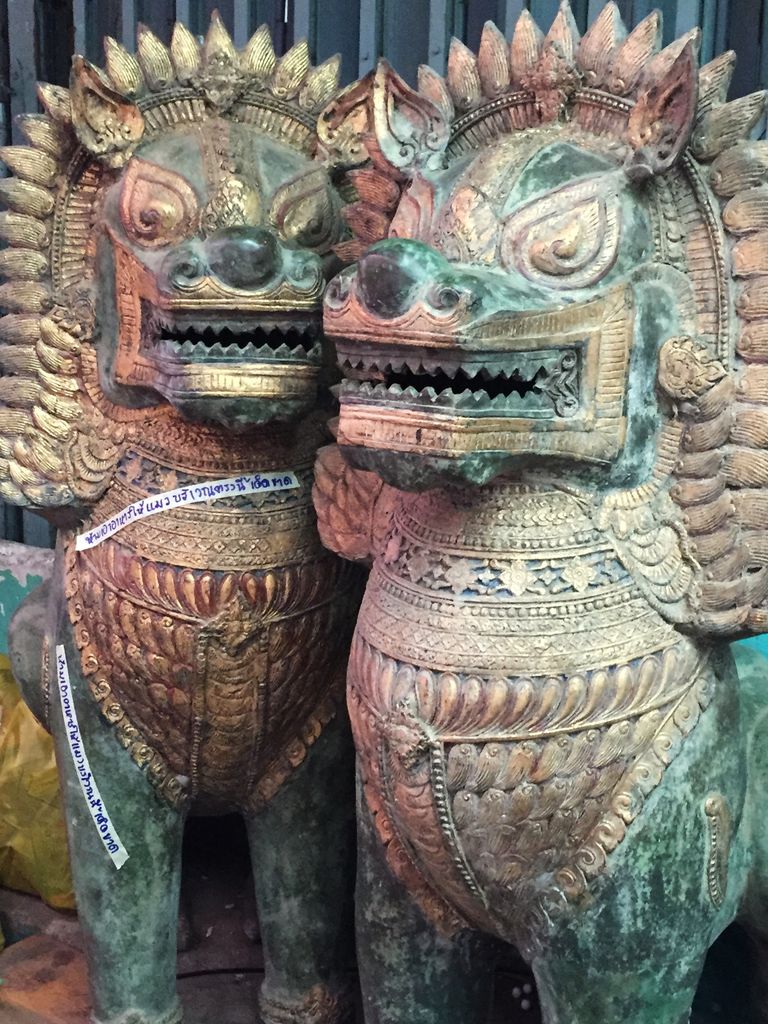
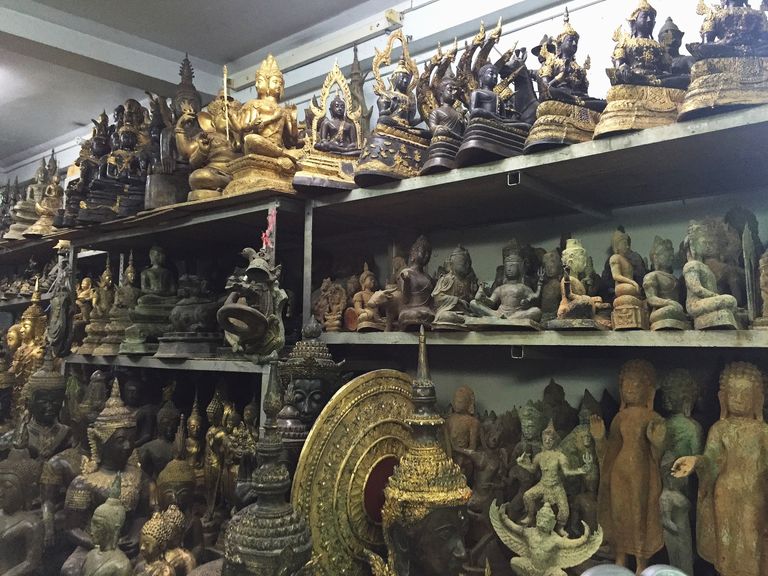
Phra Achana (Wat Si Chum, Sukhothai)
Phra Achana is a colossal seated Buddha statue located in Wat Si Chum in the Sukhothai Historical Park. The statue is housed in a mondop (a square building) with a narrow opening, creating an awe-inspiring sight as visitors approach.
Significance
Phra Achana, whose name means “one who is not frightened,” embodies calmness and courage. The statue’s massive size and tranquil demeanor inspire reverence and introspection, encouraging devotees to overcome fear and remain steadfast in their spiritual practice.
The Walking Buddha (Wat Benchamabophit, Bangkok)
The Walking Buddha statues, found in various temples including Wat Benchamabophit (the Marble Temple) in Bangkok, are unique representations of Buddha in motion. These statues, typically depicted with one foot forward and one hand raised, reflect the Sukhothai style.
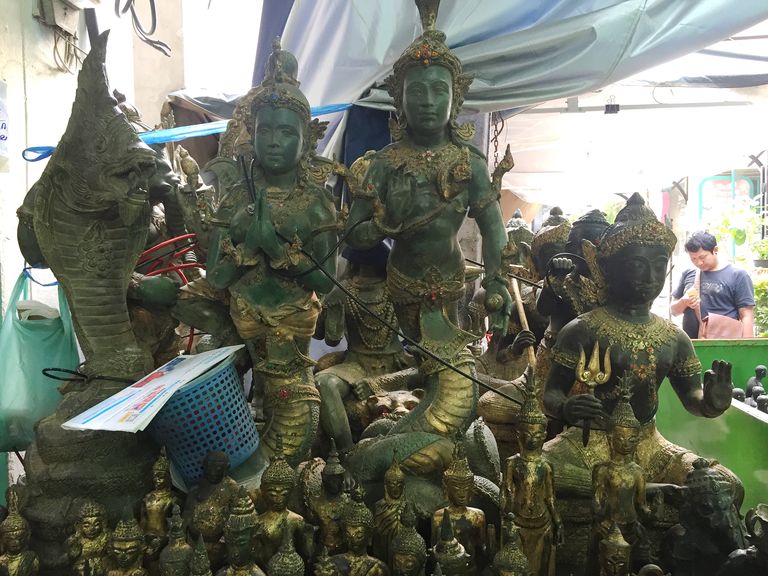
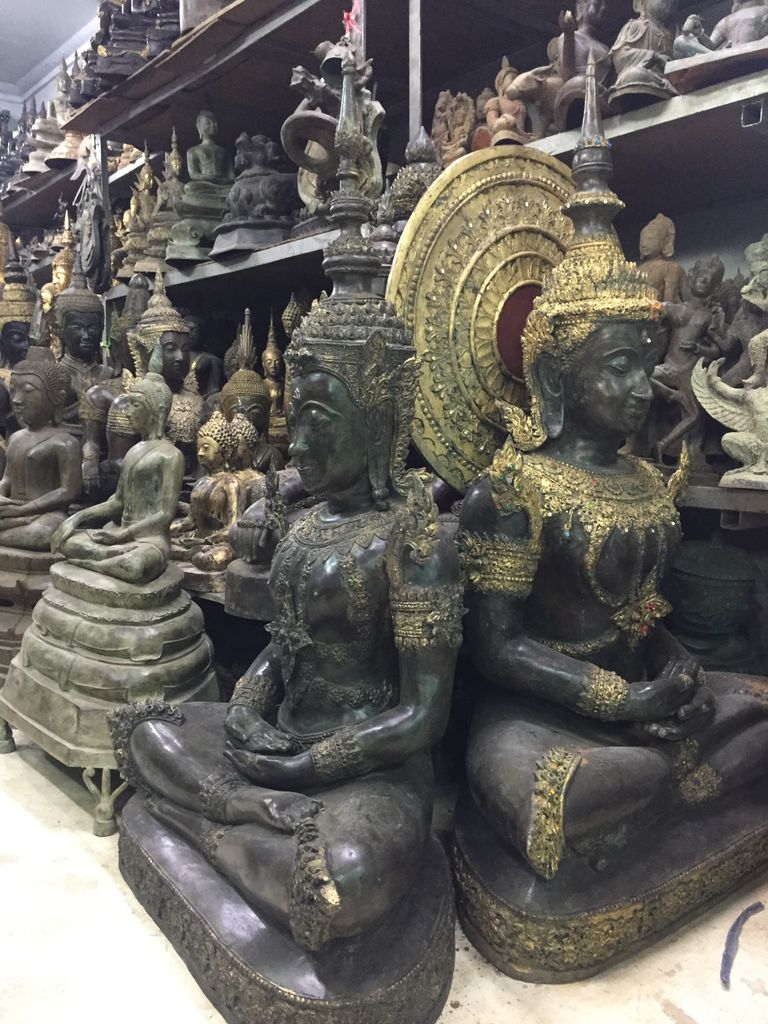
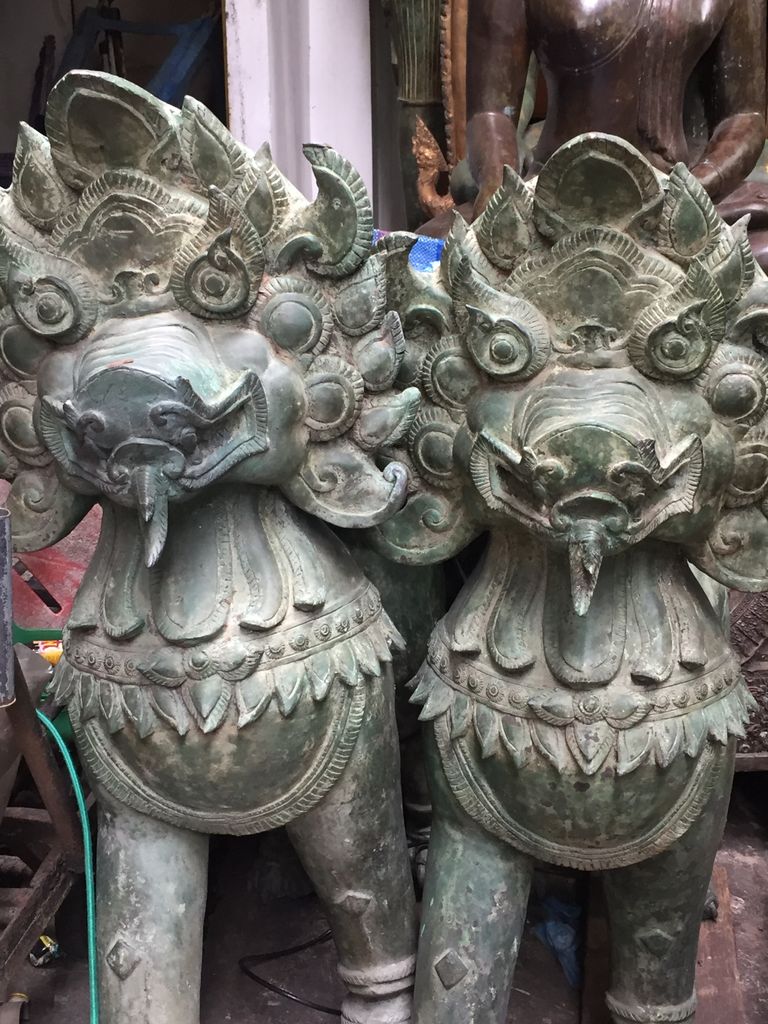
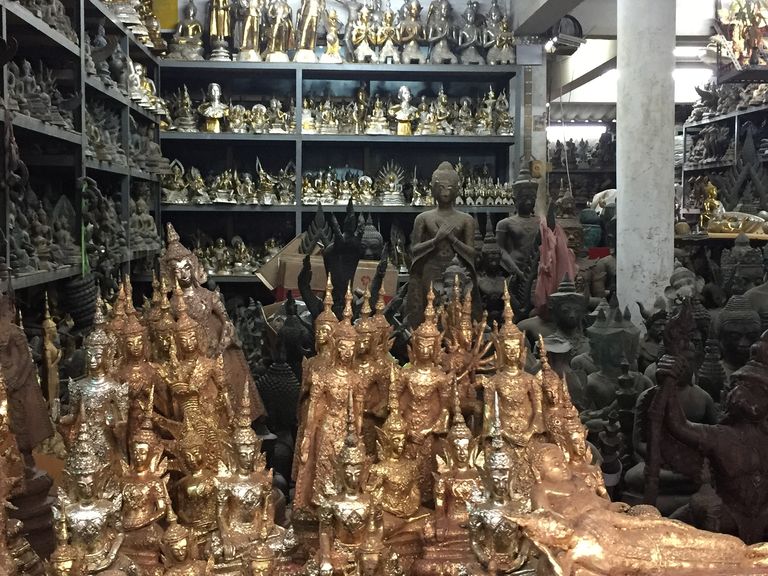
Significance
The Walking Buddha symbolizes grace, divine beauty, and the Buddha’s active engagement in teaching and spreading his wisdom. This depiction is particularly meaningful in Thai culture as it conveys the Buddha’s dynamic and compassionate nature, inspiring followers to actively practice and disseminate the teachings of Buddhism.
Conclusion
The antique and famous Buddhist statues of Thailand are much more than artistic masterpieces; they are profound symbols of the nation’s spiritual and cultural identity. Each statue, with its unique posture, history, and craftsmanship, conveys deep philosophical messages and embodies the principles of Buddhism. For the Thai people, these statues are sacred treasures, offering a tangible connection to their faith and heritage. They serve as focal points for worship, meditation, and pilgrimage, fostering a sense of community, continuity, and devotion. Through their enduring presence, these statues continue to inspire and guide generations, underscoring the timeless relevance of Buddha’s teachings in the lives of the Thai people.
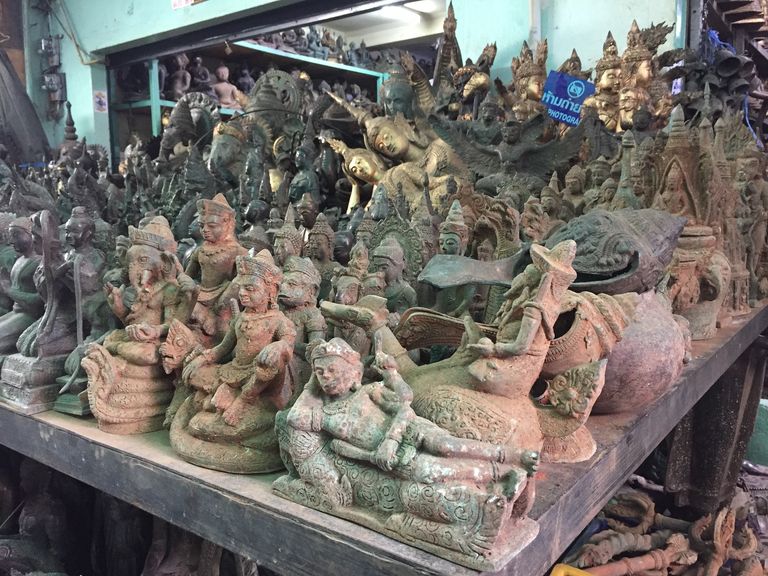
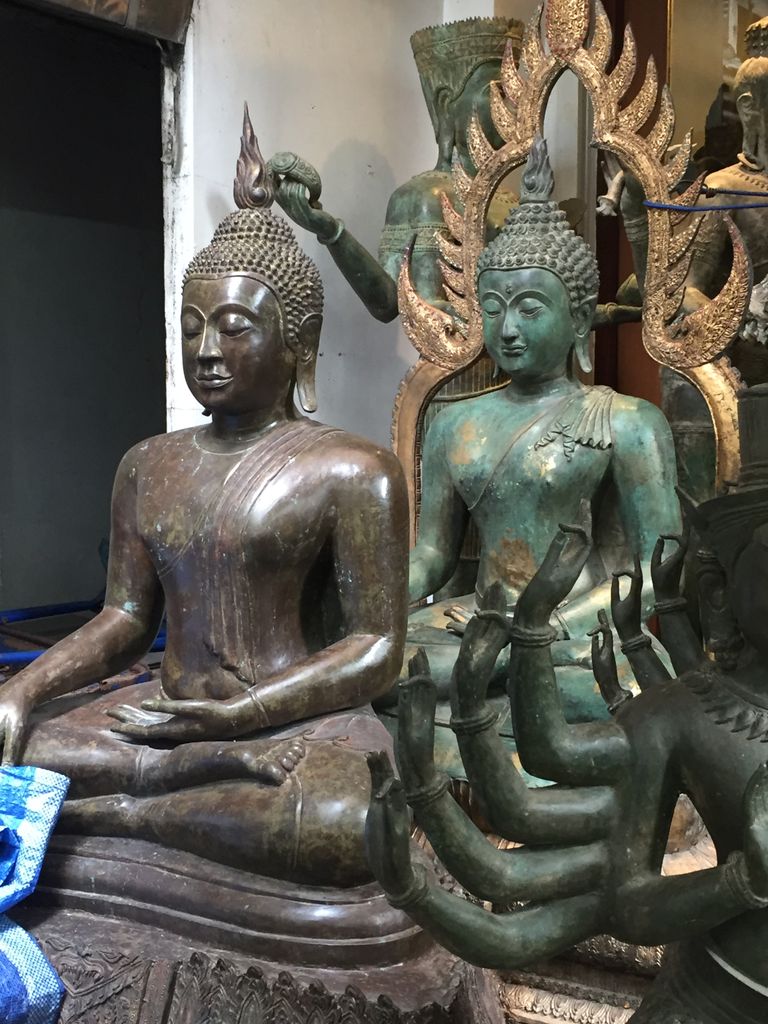

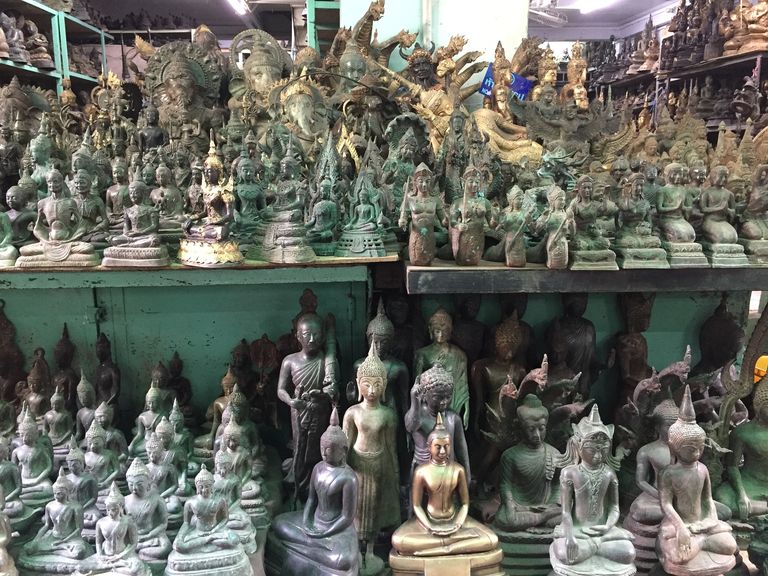
Source: https://blurtlatam.intinte.org/blurt-192372/@hangin/antique-and-famous-buddhist-statues-in-thailand-cultural-and-spiritual-significance-1720345203089



























Comments
Post a Comment